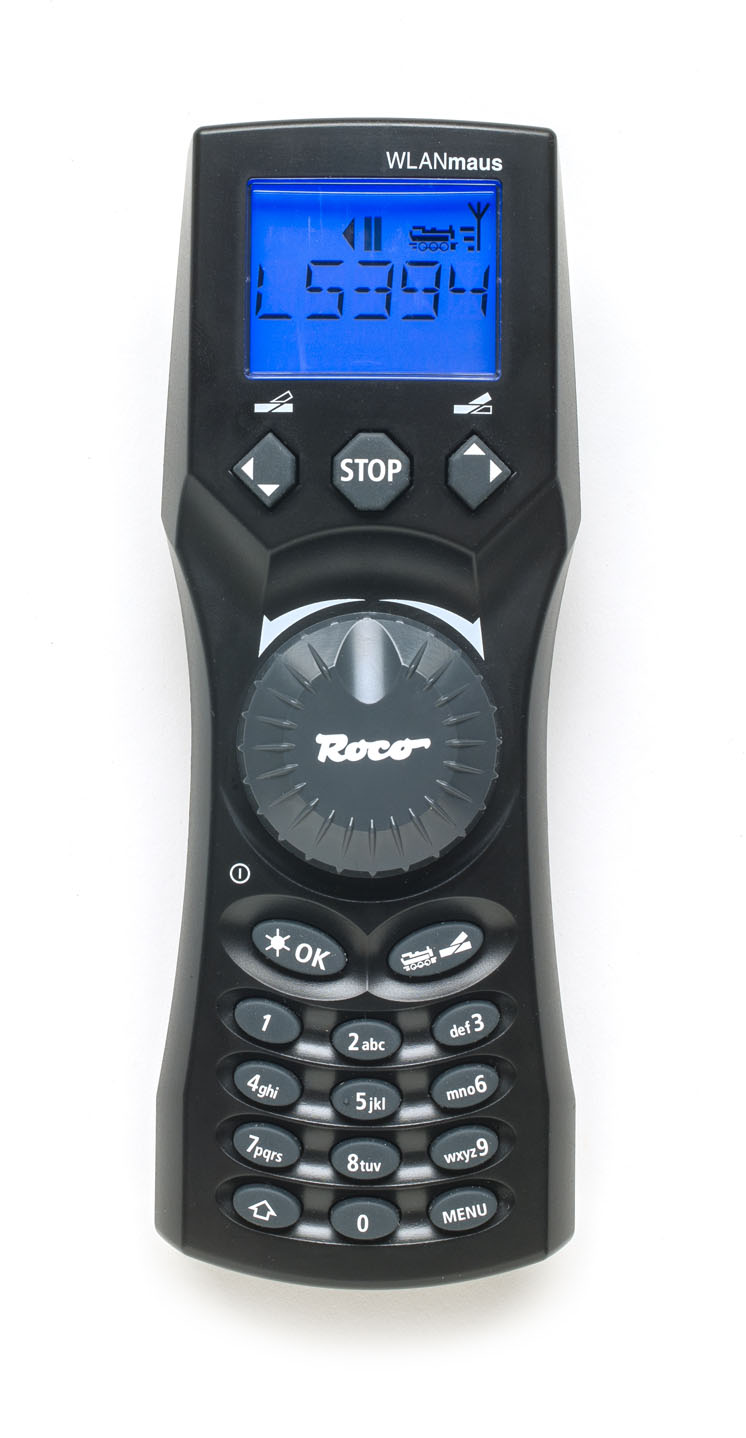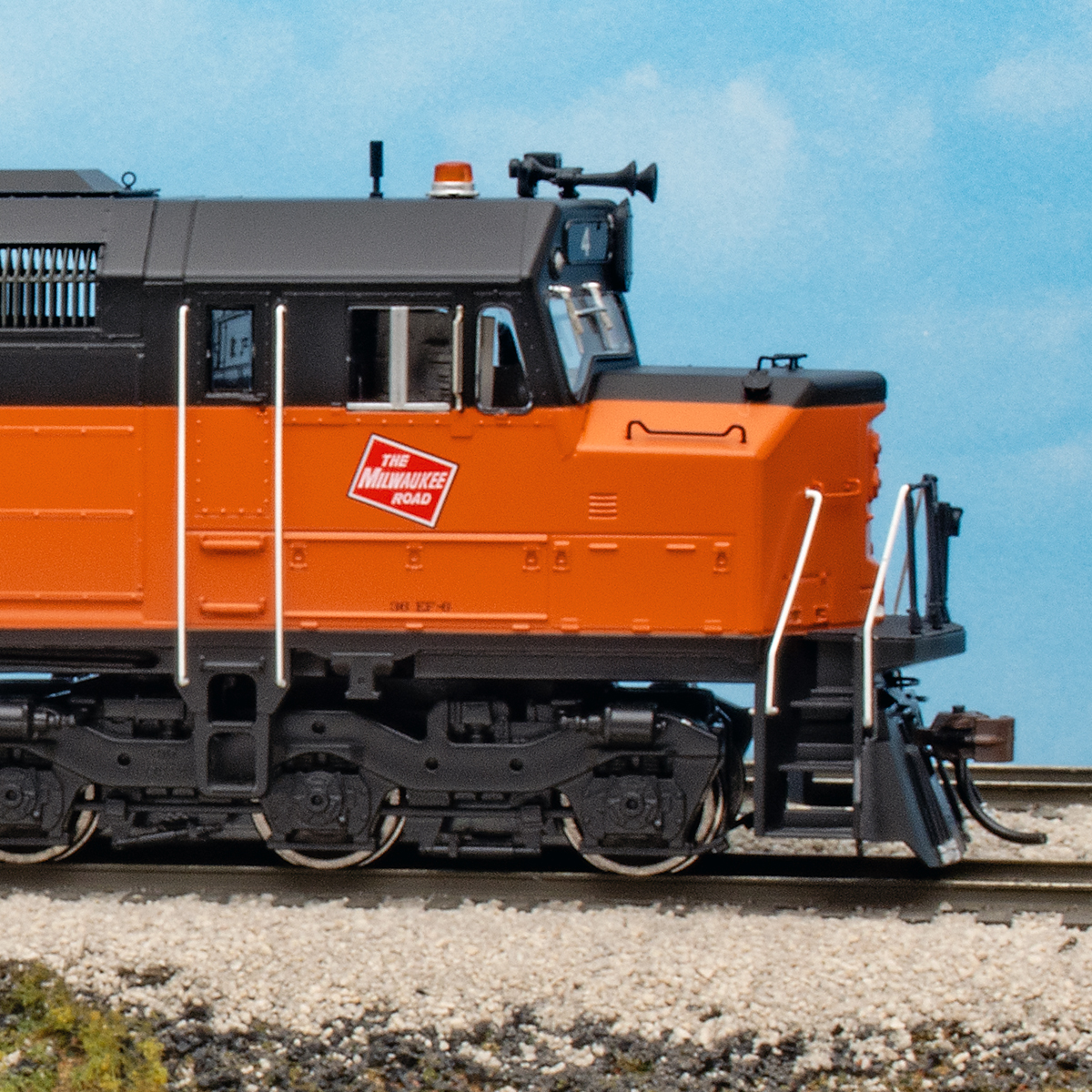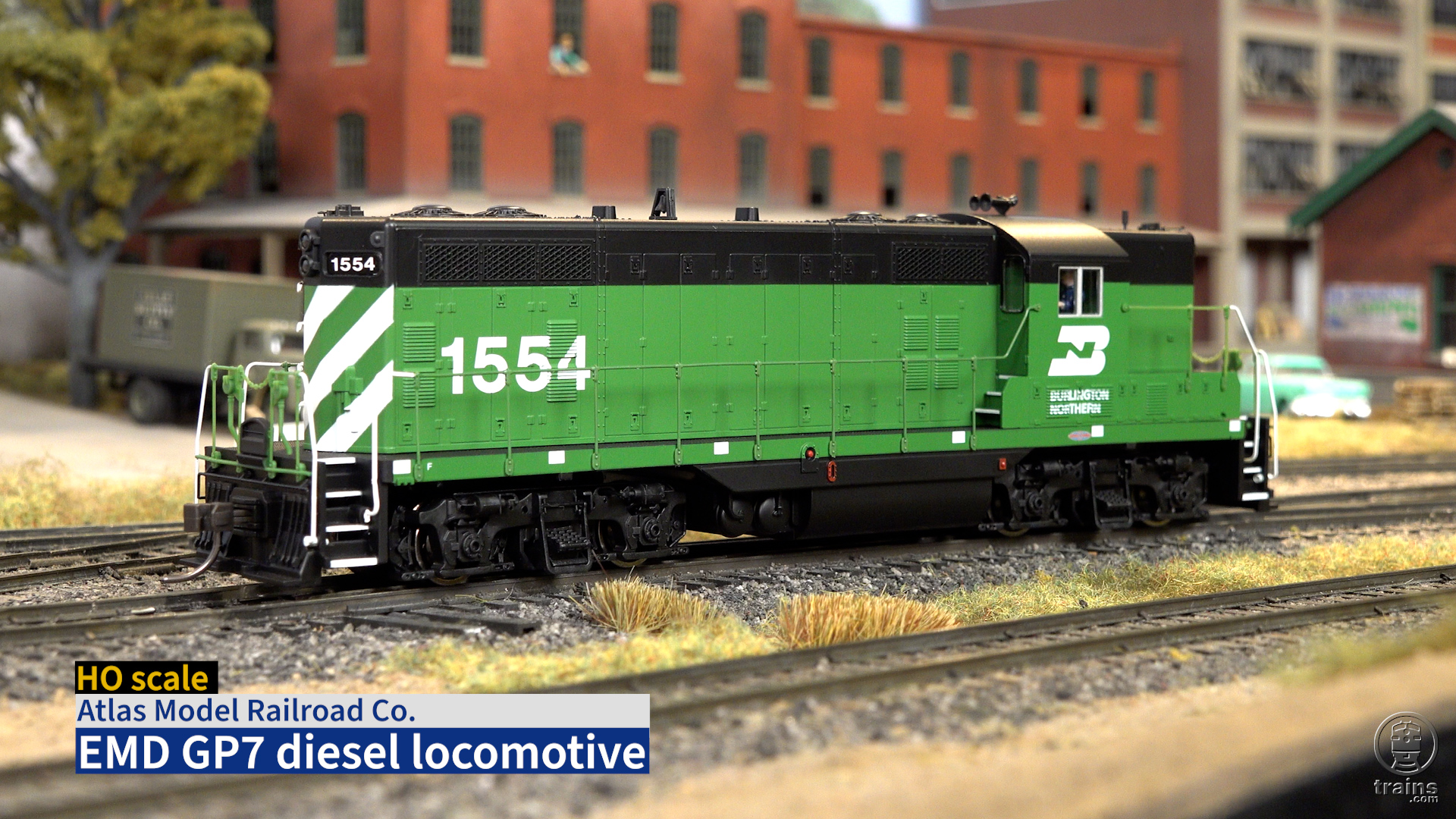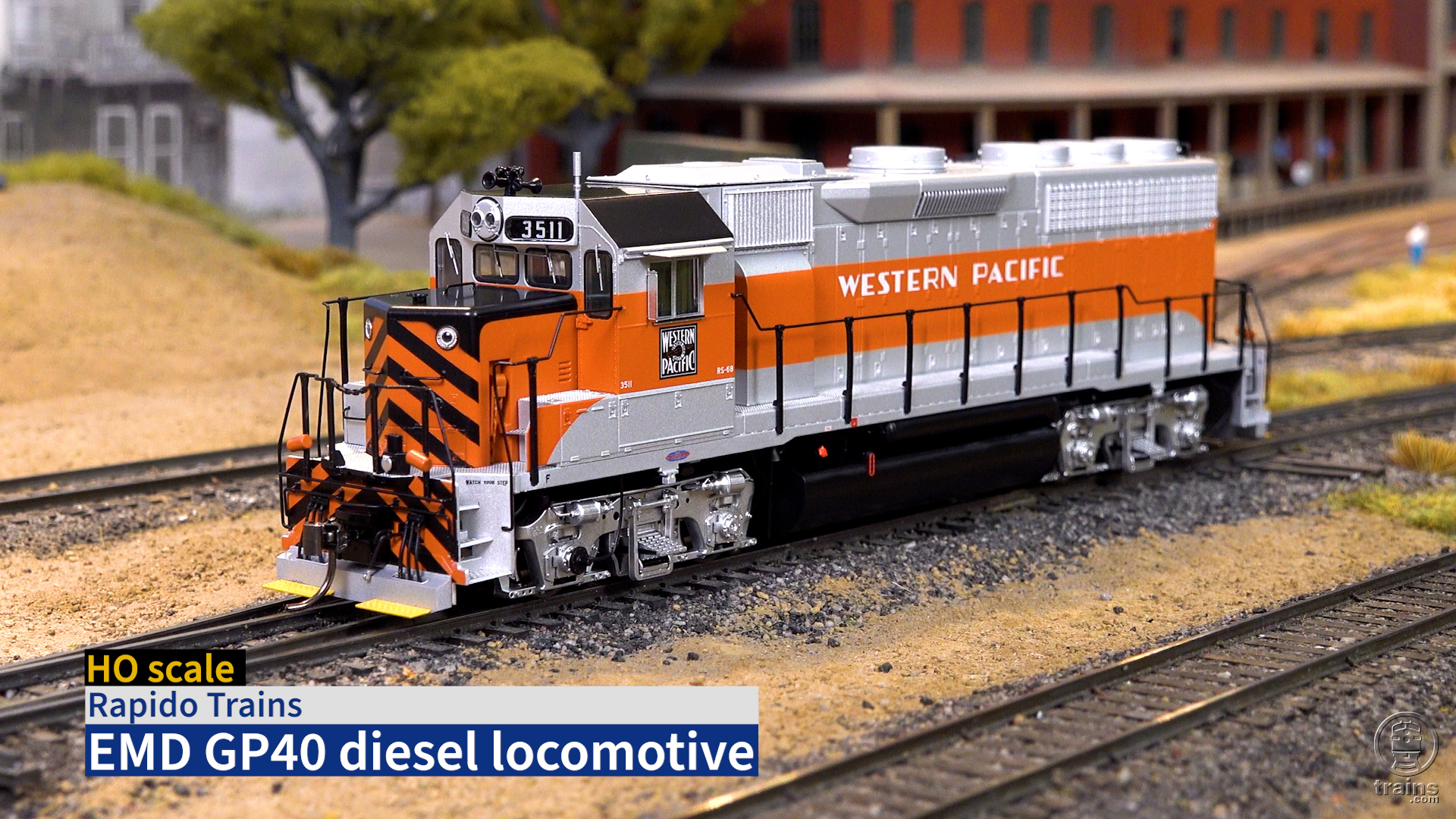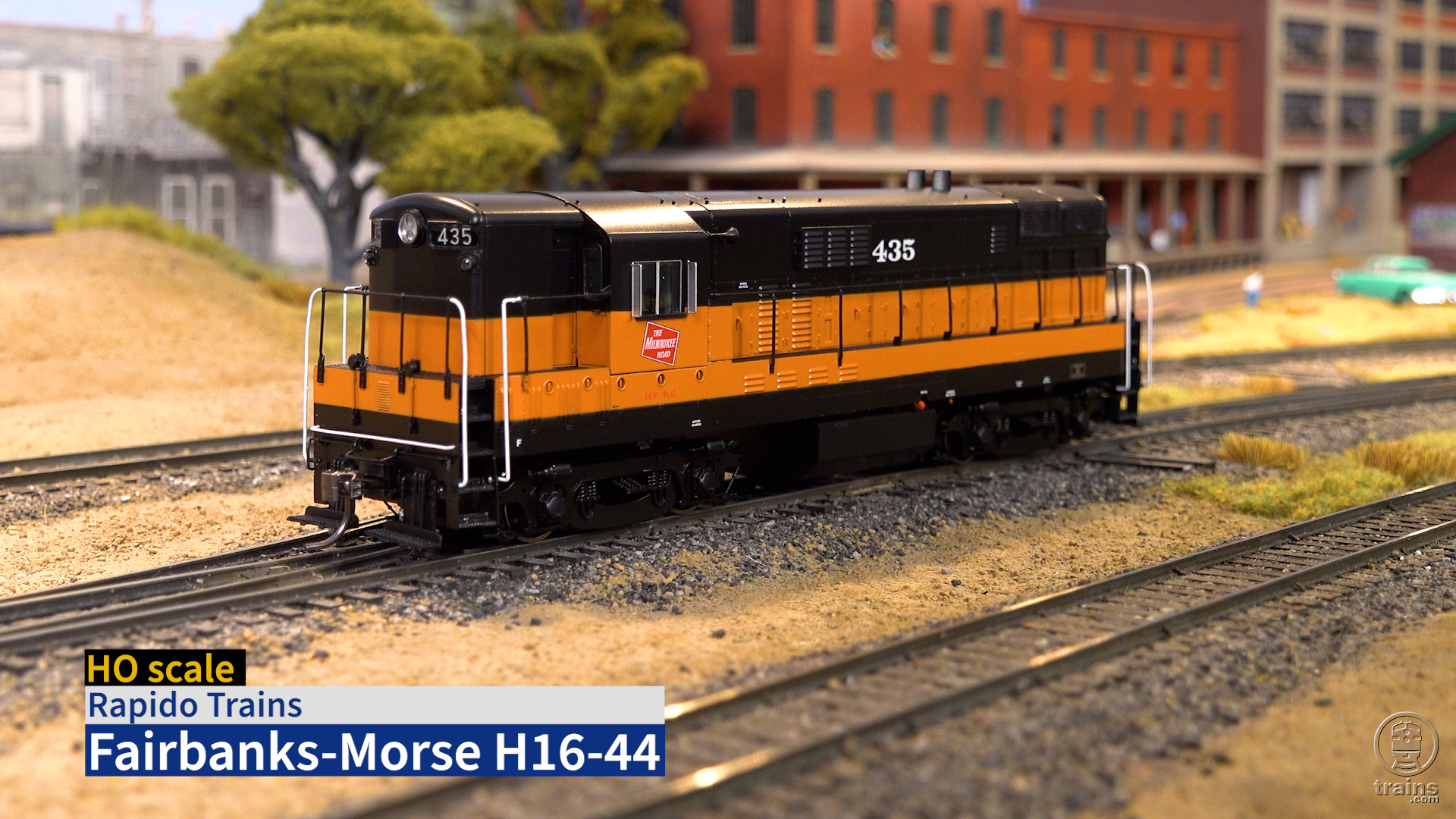Following a similar design as its Multimaus tethered and wireless-radio throttles, Roco/ Fleischmann has introduced a wireless Wi-Fi version, the WLANmaus, that works with the firm’s Z21 Digital Control Center system. Reviewed in the May 2019 Model Railroader, that system includes a router to broadcast a Wi-Fi signal. A proprietary Z21 app running on a smartphone or tablet can then be used to wirelessly control trains. As much as I enjoyed using the app, I think that the Wi-Fi throttle is a welcome enhancement to the Z21 system.
Easy set up. After installing three AAA batteries in the back of the throttle, I pressed the OK button to turn it on. Then I followed the on-screen prompts to set it up. After choosing English as a language, I received an SSID? prompt and pressed OK. I then received a Search? prompt and pressed OK again. The system located available Wi-Fi networks, and I scrolled through them using arrow keys until I found the SSID for the router connected to our Z21 command station. I then entered the router’s password and setup was complete.
The throttle can also be used with the Digikeijs DR5000 multi-protocol command station that I reviewed in the December 2018 MR. In addition to entering the SSID and password for the DR5000, I had to enter the system’s IP address under the throttle’s Wi-Fi menu. The throttle worked perfectly with the Digikeijs system.
Once the throttle was set up, I didn’t need to enter the Wi-Fi info again. The WLANmaus automatically connected to the Z21 or DR5000 network. However, if the need arises, the throttle can be reset to factory defaults.
Operation. The plastic throttle is ¾” thick, measures 21⁄2 x 7 inches, weighs 6 ounces with three AAA batteries installed, and is comfortable to hold. All the buttons and the large 11⁄2″ diameter speed control knob are easy to access with one hand.
Instead of a direction switch, the speed control knob has a center-off feature, which I found especially useful during switching moves. The numeric (0-9) keypad includes a shift key allowing access to 28 DCC functions. In addition, the headlight function is activated by pressing the OK button (not 0). If you forget, there’s a light icon on that button.
Another button toggles between locomotive and turnout modes. The latter allows the throttle to be used to control decoder-equipped turnouts and other accessories.
The throttle has a 11⁄2″ x 11⁄4″ backlit liquid crystal display (LCD) screen. The screen can be set up to show the locomotive name or DCC address. Icons show other information, including battery life, Wi-Fi signal strength, function button pressed, and more.
A locomotive name can have both letters and numbers and is assigned with a DCC address when a new entry in what Roco refers to as the locomotive library is created. Basically a roster, the library can have up to 64 separate entries/addresses. You can then scroll through the listed locomotives or search for a specific name or DCC address. Libraries can also be downloaded and uploaded between throttles.
Adding new locomotives, programming decoders, and changing the throttle configuration are all handled by on-screen menus. Screen prompts take the user through the specific task at hand. The included printed instruction manual features a handy diagram showing the three basic throttle menus (Loco, Program, and Settings) and their associated submenus.
Using the programming menu, I set the programming mode to programming on the main (POM). To read back CV values the mode can be set to CV, but this mode only works when a programming track is connected to the appropriate screw terminals on the Z21 command station.
The programming menu also features a CV29 menu where the individual features controlled by CV29, such as changing the direction of travel or enabling speed tables, can easily be adjusted.
The throttle’s range is impressive. Using the WLANmaus, I controlled a locomotive on our workshop test track while standing out of sight about 60 feet away in the far corner of our staff layout room. A fellow staffer was strategically stationed by the locomotive to make sure I didn’t accidentally run it off the track.
Whether you’re a novice or expert with DCC model railroading, the Z21 is an excellent plug-and-play system. The WLANMaus throttle makes it even better.
Manufacturer
Fleischmann/Roco
Modelleisenbahn München GmbH
Kronstadter Straße 4
81677 München
Germany
www.Z21.eu/en
Distributed in North America by
Heartland Hobby Wholesale
6929 Seward Ave.
Lincoln, NE 68507
www.hhwonline.com
Features
• 9,999 locomotive addresses, 2048 turnout addresses
• Control functions 0 to 28
• Programs and reads back configuration variables
• Turnout control and programming
• Supports 14, 28, or 128 speed steps





